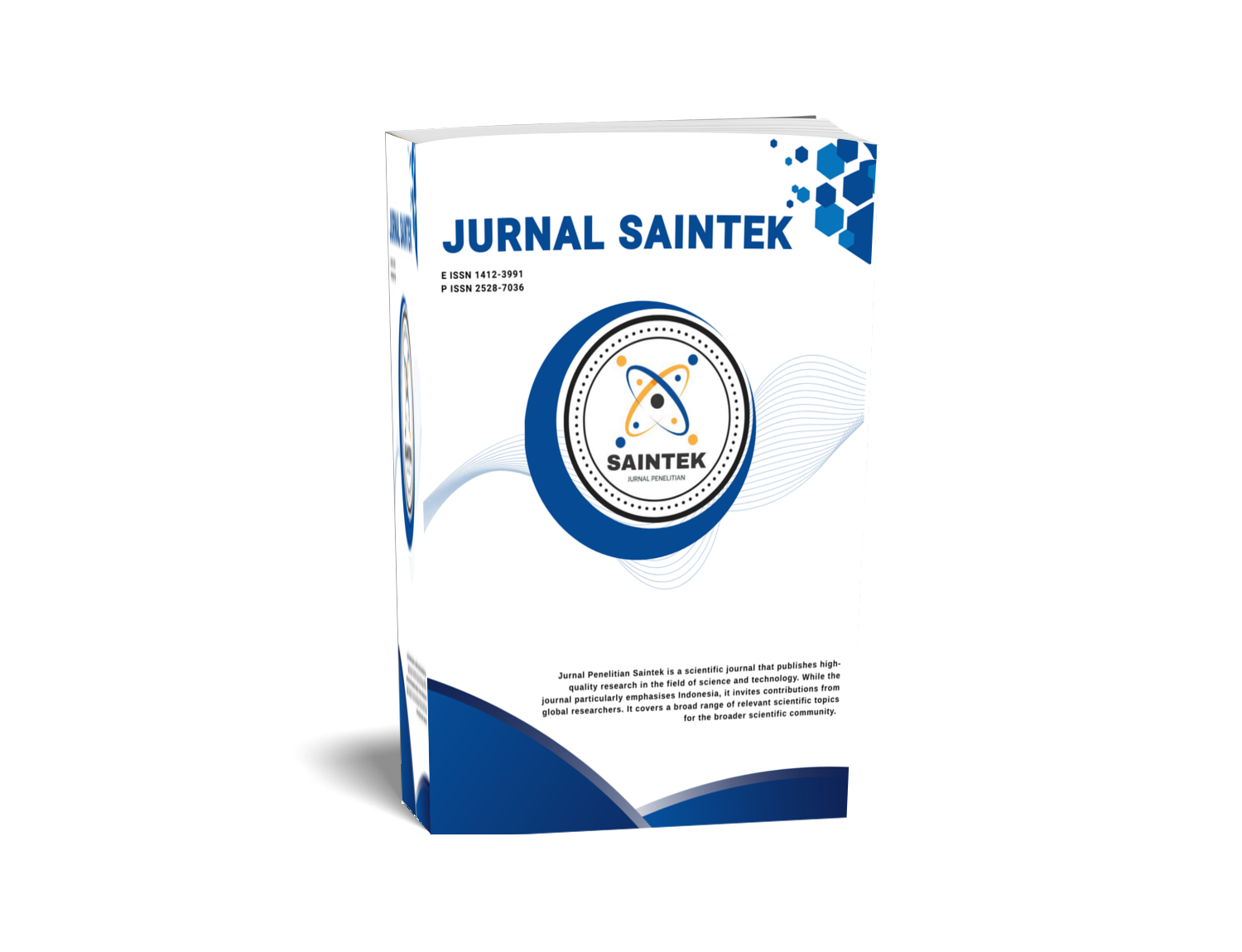TECHNOLOGY DEVELOPMENT OF LEATHER PRESERVATION FOR CRAFT HANDICRAFT PRODUCTS
DOI:
https://doi.org/10.21831/jps.v15i2.1754Keywords:
Technology, preservation, zalacca pell, and Art CrafisAbstract
The purpose of this research is developing preservation technology of the Pondoh zalacca and Zalacca Gading peel for craft products material. The study begins with analyzing content, water, carbohydrates, and proteins in the peel of zalacca that is the cause of the growth of fungus and microorganisms. The next step is preservation using borax, formalin, and chlorine at concentrations: 2, 4, 6, 8, and 10%. The activity of fungal growth on the peel were observed in microscopic, and the characteristics of materials for craft products made by observing the characteristics of the peel including the texture, softness, andfracture. The results showed that the bark peel has high content of water which is 74.67% in Pondoh zalacca and 30.06% in zalacca gading. The carbohydrate content of Pondoh zalacca peel at 3.8%, and zalacca gading peel at 5.5%. Protein content at 0.565% in Pondoh zalacca and 1.815% in zalacca gading. The observation for 3 (three) months showed preservation with borax, formalin, and chlorine at all concentrations effectively prevent fungal growth. The good peel elasticity of Pondoh zalacca and Gading produced by using borax, formalin, and chlorine in the concentration of below 6%, while giving preservative chlorine above 4% make the peel a -little whiter, and preservation of over 4% borax makes chapped peel so it is difficult to be attached to the craft media.
Keywords: Technology, Preservation, Zalacca peel, and Art Crafts
Downloads
Published
How to Cite
Issue
Section
Citation Check
License
Who Can Submit?
Any individual may submit an original manuscript for consideration for publication in Jurnal Penelitian Saintek as long as they hold the copyright to the work or are authorized by the copyright owner(s) to submit it. Authors retain initial ownership of the copyrights to their works prior to publication, except in cases where, as a condition of employment, they have agreed to transfer copyright to their employer.
User Rights
Jurnal Penelitian Saintek is an Open Access journal. Users are granted the right to read, download, copy, distribute, print, search, or link to the full texts of articles, provided they comply with the conditions of the Creative Commons Attribution-ShareAlike License 4.0 (CC BY-SA 4.0).
https://creativecommons.org/licenses/by-sa/4.0/
Author Rights
Authors retains copyrights.
Jurnal Penelitian Saintek by http://journal.uny.ac.id/index.php/saintek is licensed under a Creative Commons Attribution-ShareAlike 4.0 International License.









